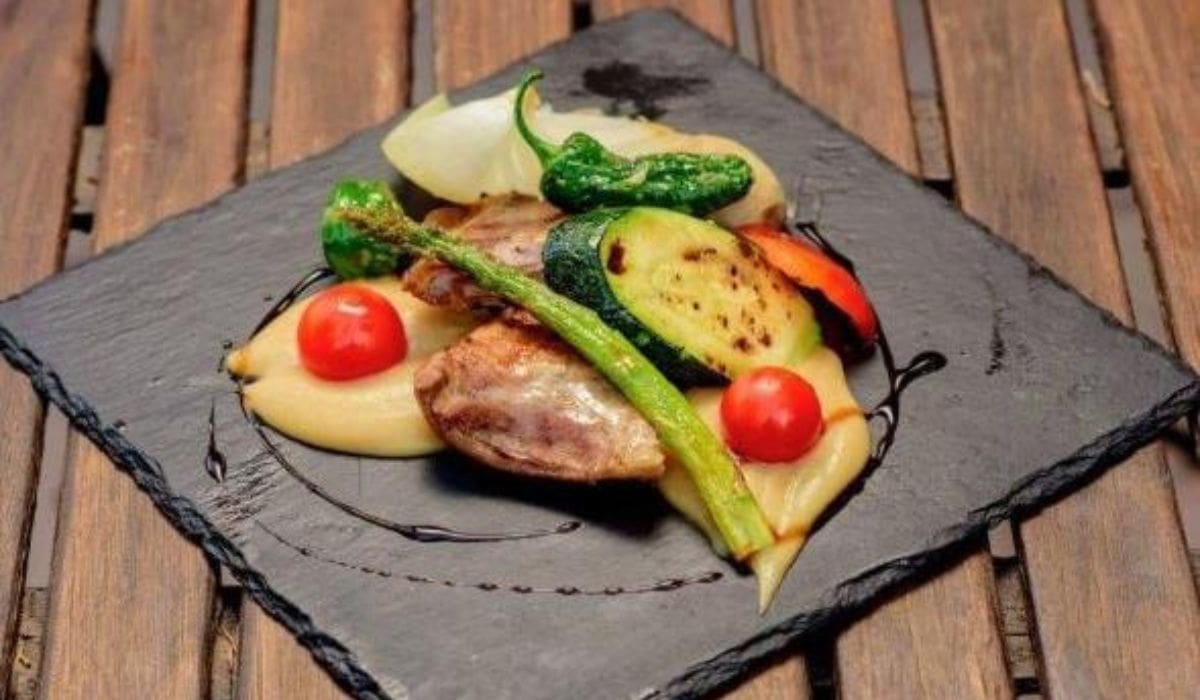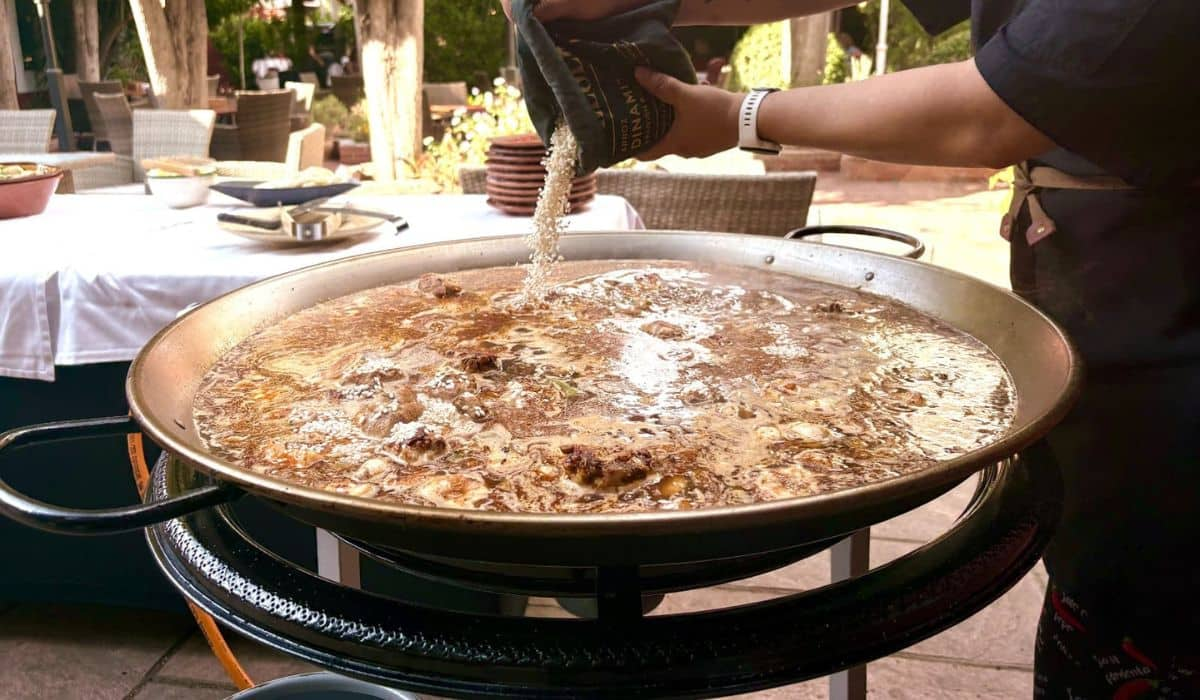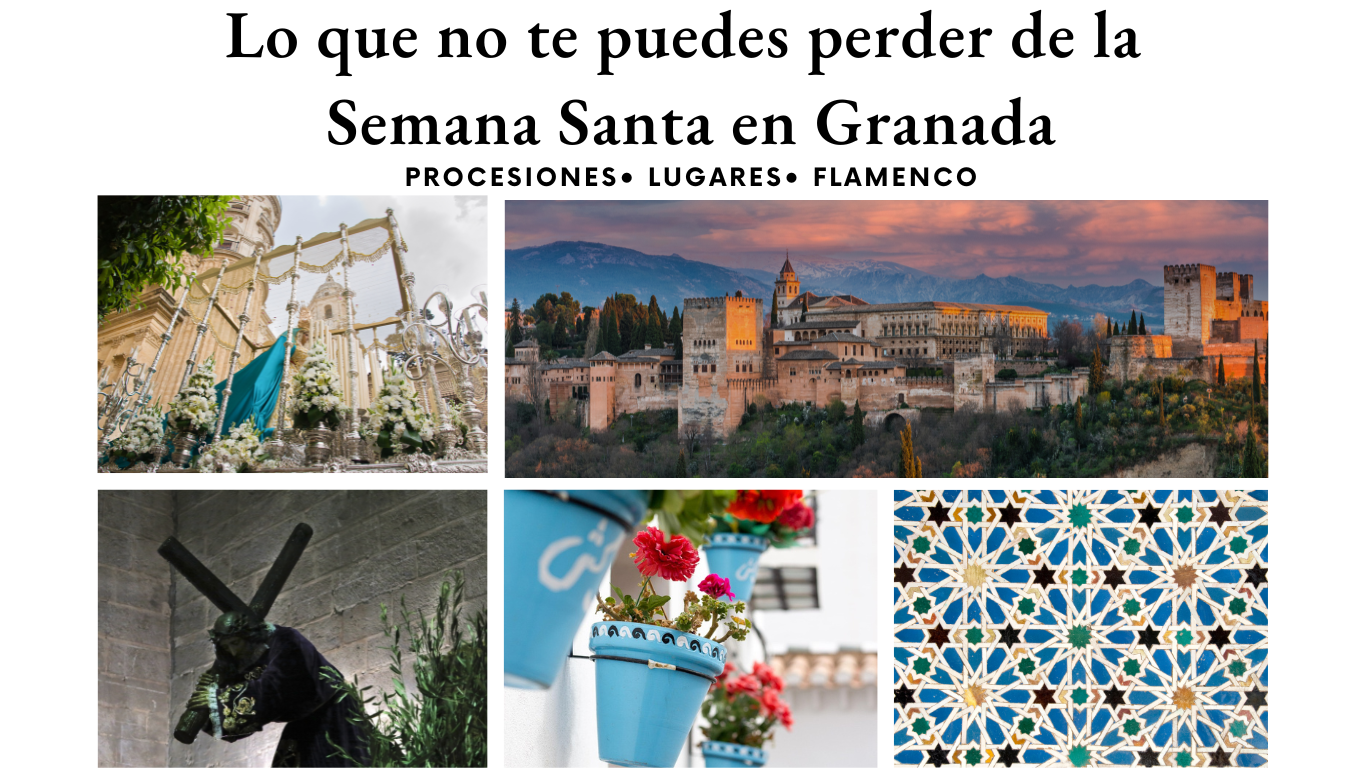Few regional costumes are as easily recognizable as the gypsy dress or flamenco dress. A style of attire that has become one of the true hallmarks of Andalusian culture and is never missing from the pilgrimages and traditional festivals of the region. A garment that is also essential in flamenco performances, being one of the most striking and identifying elements of this art that has crossed borders. But do you know the origin of the flamenco dress and its history?
The history of the flamenco dress is quite curious, as it is a garment that has evolved over time, adapting to fashion trends while remaining a hallmark of Spanish culture, reinventing itself with new accessories, materials, and patterns. Below we explain where the flamenco dress comes from and how it has changed over time.
What is the origin of the flamenco dress?
The origin of the flamenco dress is humble. This is the clothing worn by peasant women in Andalusia, who used to attend the old cattle fairs between the end of the 19th century and the beginning of the 20th century. The ruffled gown was very comfortable and light, which made it ideal for this type of work.
Generally, peasant women added embroideries and bright colors to their dresses, catching the attention of the bourgeois women of the time. This meant that many began to order costumes in this style, so that the costume worn to attend the fair ended up becoming the “official attire”. Especially from 1929, during the celebration of the Ibero-American Exhibition, when its use became “official”, largely thanks to the professionalization of flamenco, which adopted it as its own attire.
Over time, the flamenco dress crossed borders and began to be part of fashion, changing and adapting to the fashions of the moment, but always maintaining some fixed characteristics. In fact, it is the only regional costume in Spain that is continuously updated according to fashion trends. A good example of this is the SIMOF runway, the International Flamenco Fashion Show, where we can enjoy a preview of each year’s trends.
When were polka dots included in the flamenco dress?
Nowadays, the dress is almost always long and usually has a neckline, either round, v-neck or square, adjusting at the waist to open at the hip. It is usually adorned with ruffles on the sleeves and skirt and is usually in bright colors. We can find them with solid designs, but they are usually patterned, with polka dots being the most typical.
But do you know the origin of polka dots in the flamenco dress and its history? The truth is that this print did not have a direct relationship with this dress since its inception. The first polka dots appeared in the 18th century by chance, as it was a printing error. The effect was not well-liked by the dressmakers of the time, so the fabrics were sold very cheaply, which meant they were mainly acquired by the humblest people who made dresses to wear to livestock fairs. So a print that started out as a throwaway has ended up becoming one of the main hallmarks of a suit that is known around the world.
Currently, there is a powerful industry surrounding the flamenco dress, and it is quite ironic that, being humble in its origins, today it is a luxury that can cost even several thousand euros. Not to mention the accessories that accompany the look. A dress that has become a real piece of adoration.









